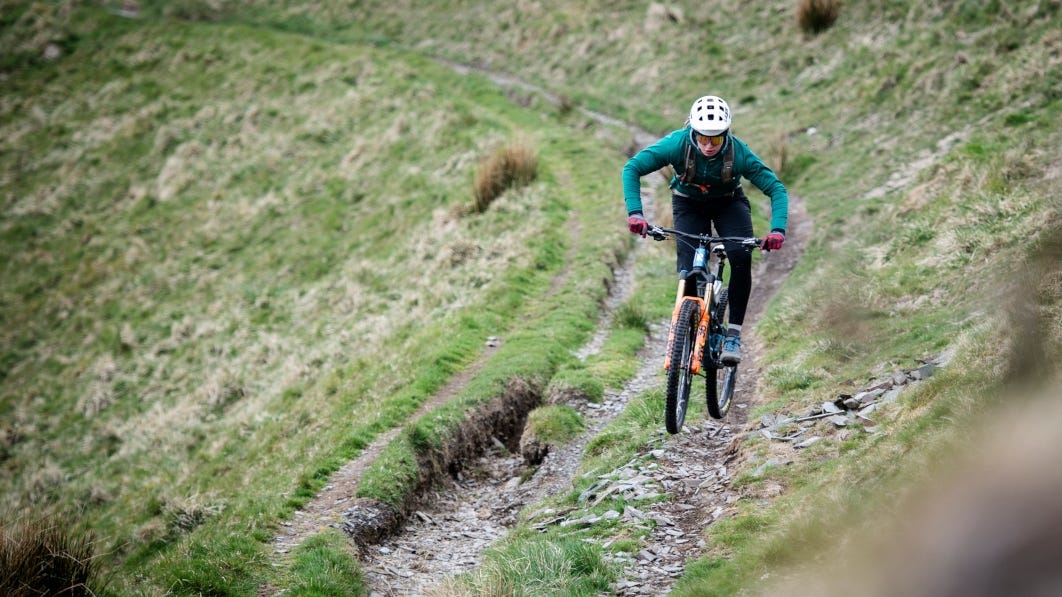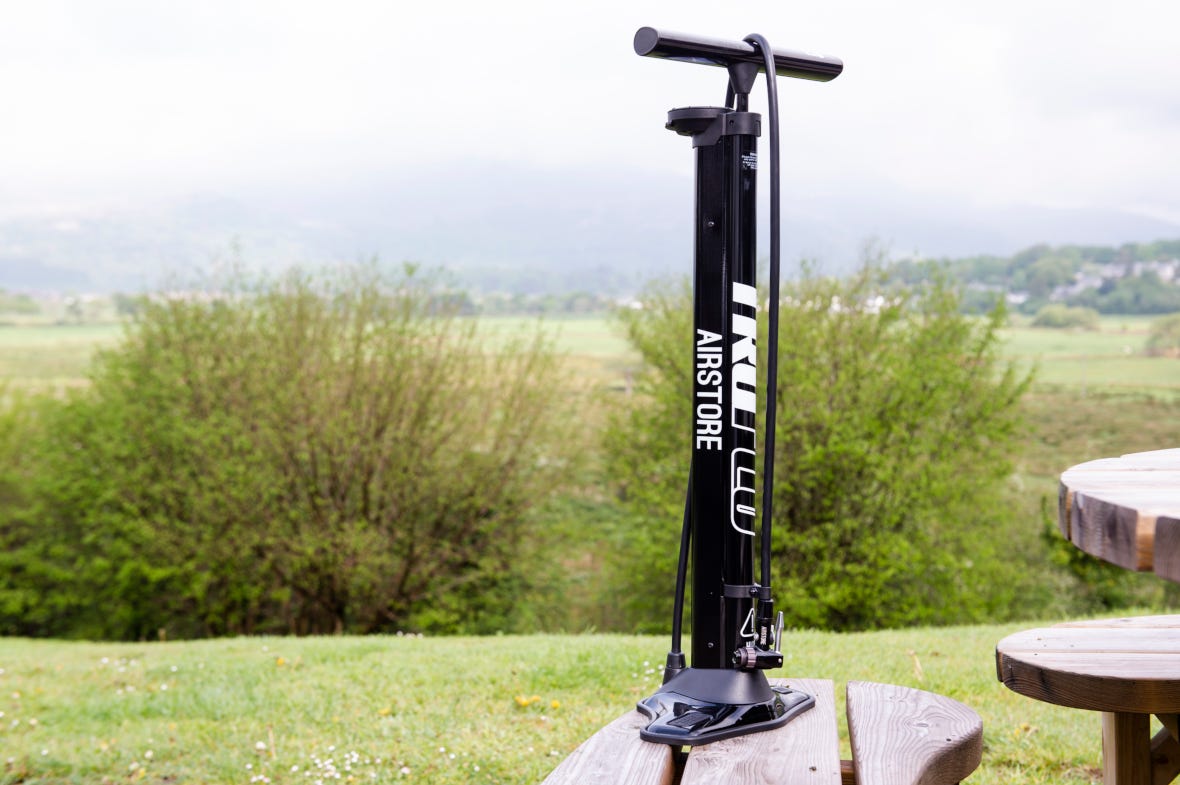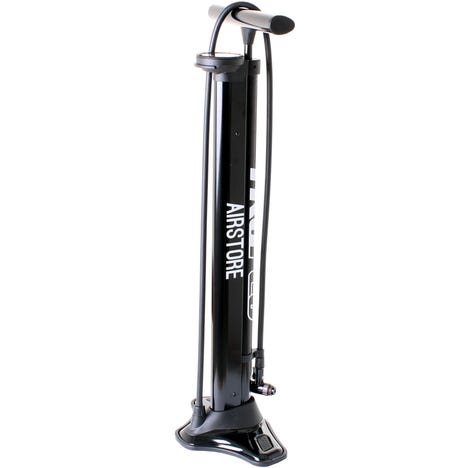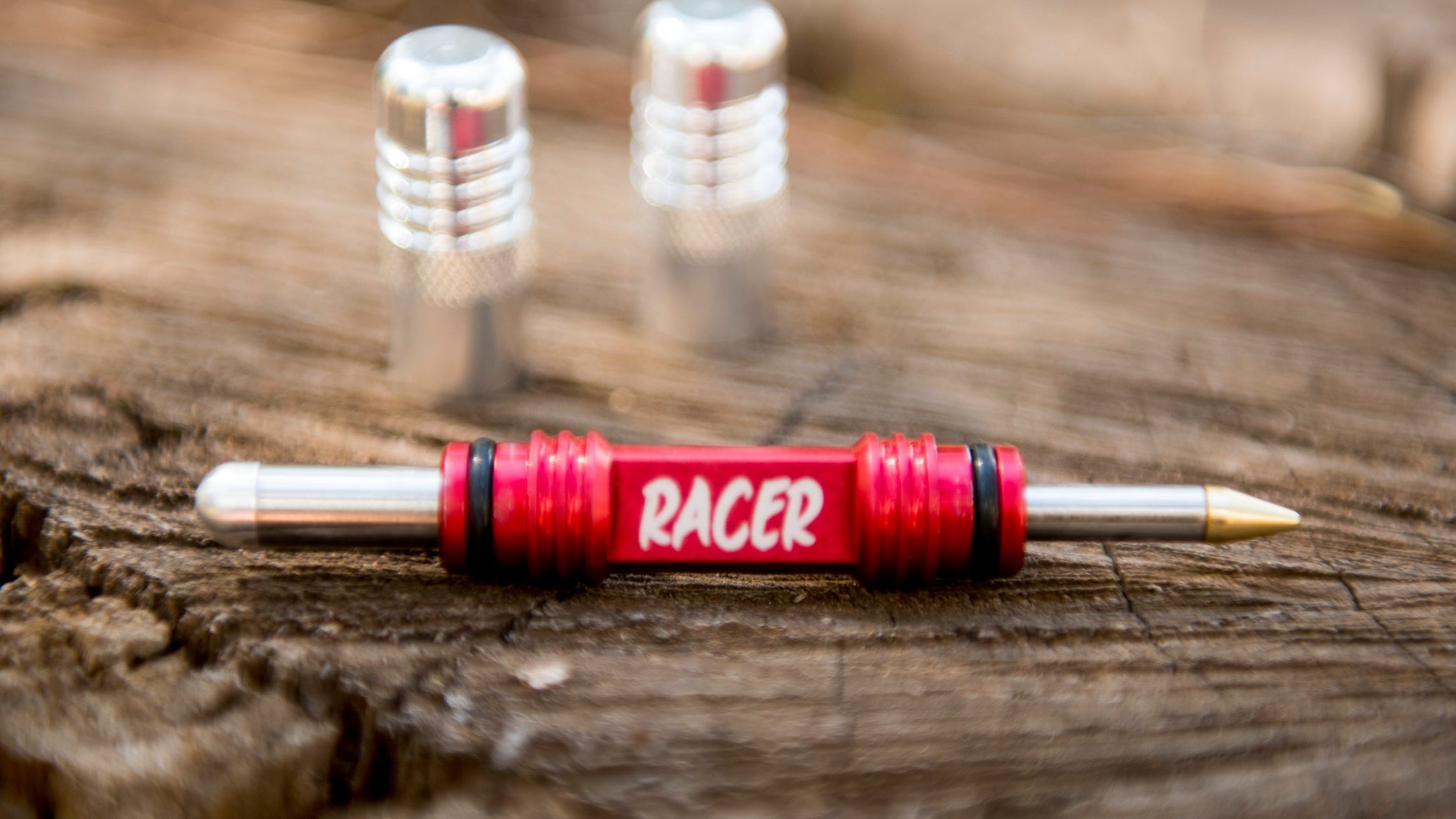So you want to go tubeless?

Tubeless is one of the most on-trend subjects in the bike industry right now. Here's why you might want to think about making inner tubes a thing of the past (sort of)...
Why you should...
One big reason in favour of tubeless is that you can say goodbye to pinch punctures. A pinch pucture usually happens when you hit something (like a pothole) and trap the tube between tyre and rim. It's one of the most common ways to puncture and really rather annoying because feels like it should be avoidable - and now they are. Running tubeless means there's no tube to pinch, so you can leave all those pinched tubes in a metaphorical pile behind you. But it doesn't mean you can go slamming into things all over the place - as you can still write a rim off doing that - but you can run lower pressures without the worry of a pinch.
Tubeless has been popular in mountain biking for a while now, and not having tubes to pinch is a big reason for that. Roadies, though, have been slower to embrace tubeless tech with clinchers and tubulars being the two predominant tyre choices for years, and maybe something about roadies being a little more resistant to change...
Overall, running tubeless should almost certainly mean fewer flats and even when you do, sealant inside the tyre can handle all but the most serious of punctures so you don't even have to stop riding. And for anything sealant can't handle there's always Dynaplug, the best on-the-go tubeless fix available.
What do you need?
First up, you need a tubeless ready rim. Standard rims aren't air tight, so if you try to mount a tubeless tyre it'll be a pretty deflating experience. Some brands - DT Swiss being a prime example - sell all their rims tubeless ready right out of the box, so you don't need to mess around installing tubeless rim tape and sealing the rim. That means when you buy a set of DT wheels, you can install the valves and tyres straight away, there's no messing about.
You'll also need sealant. The first reason sealant is important is that it helps to seat the tyre on the rim, making sure air doesn't escape when you pump it up for the first time. It&'s definitely possible to mount tubeless tyres without sealant, but it's just a bit easier if you use it. Plus, chances are you're going to put sealant in there anyway to help protect against punctures so you may as well start with it.
Another useful tip is to wipe soapy water around the tyre bead before you mount it. That extra lubrication helps the bead snap into place when you pump them up.

Inflators
As we alluded to above, tubeless tyres can vary widely in how easy they are to mount. First off, they tend to be hard to fit over the rim purely because they're designed to be tight. There's a very good chance you'll need tyre levers, even if you usually pride yourself on mounting tyres through finger strength along.
Inflating them can be fun and games too. Some will go up with a few quick blasts from a track pump, while others can be an absolute nightmare even if you're using an air compressor. But don't worry, even though most of us don't have a compressor lying about there are ways round it. One is to buy a dedicated tubeless inflator, which is essentially a reservoir that you charge using your standard track pump but is designed to let out all the air inside very quickly, blasting the bead of the tyre into place. Check this one out from Pro, if you're interested.
If you want something a little more streamlined, you can buy track pumps that have tubeless reservoirs built in (like this one from TruFlo, since you asked) which means you don't need both a track pump and an inflator.

milKit
One of our absolute favourite tubeless-related products are milKit's tubeless valves. They're designed to replace the valves that came as standard with your tubeless-ready wheels and to say they're an upgrade is an understatement. The really smart part of the milKit valves is how they let you add sealant into the tyres without having to unhook part of the tyre from the rim (or even let all the pressure out of the tyres). With these, you remove the valve core and a built-in system stops the air from escaping. You fill up the supplied syringe with sealant, push it through the rubber stoppers at the bottom of the valve and inject it into the tyre all without having to break the tyre/rim seal which means you'd need to re-mount them afterwards.

Okay, what about punctures?
Like we said before, the first line of defence against punctures while running tubeless is sealant. Sealant is a liquid inside the tyre that's designed to block any holes as the air forces it out meaning you carry on riding with, at very worst, a quick stop to top up tyre pressure. For anything more serious, don't worry, Dynaplug have your back. If the hole is too big for sealant to fill on its own, Dynaplug adds viscoelastic cores into the mix to plug that hole and keep you going. It's a very smart system and you can check out more details here. Oh, and if you absolutely have to you can always stick an inner tube in the tyre to get you home.


